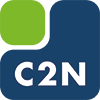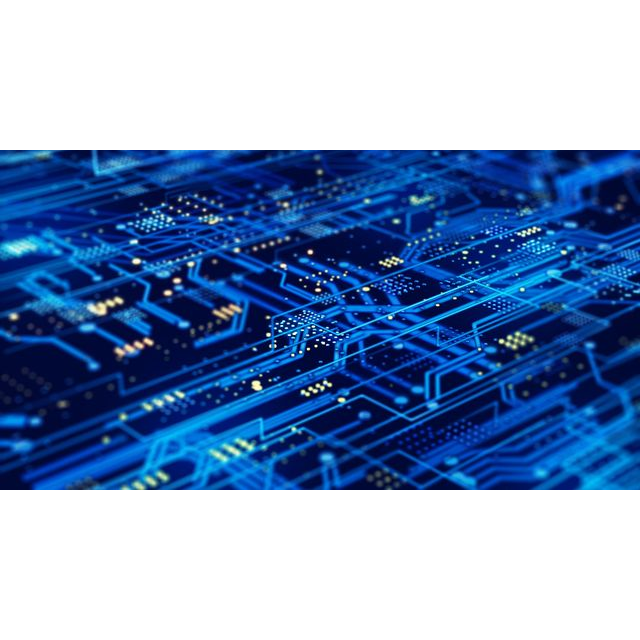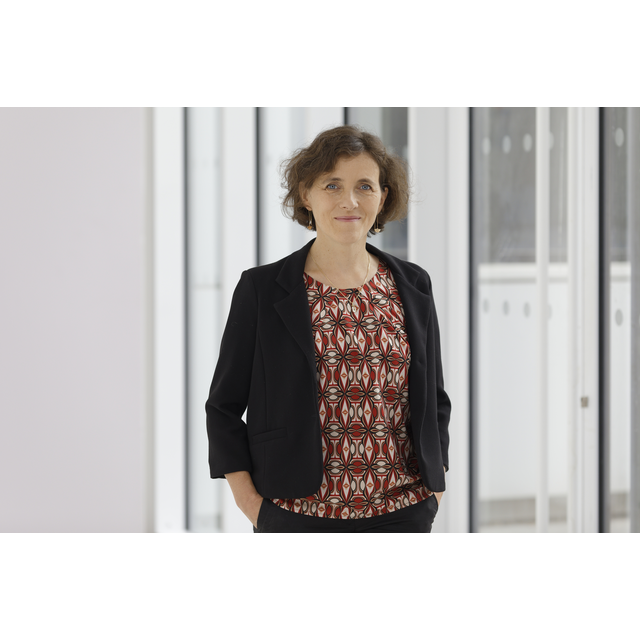C2N is one of the major and innovative players in the field of quantum technologies. In their appearances on France Culture, two researchers from C2N, Pascale Senellart and Loïc Lanco, present their work on quantum dots, single photons, and photonic circuits, thus paving the way for quantum computing and more secure networks.
► In this episode of La Science CQFD on France Culture, Pascale Senellart, researcher at C2N, explains the challenges and advances of her research on quantum dots. She describes how these nanostructures, capable of confining electrons and emitting single photons, allow for the exploitation of quantum properties for new applications.
Pascale Senellart highlights the work of her team on single-photon sources, essential components for "second-generation" quantum technologies. She explains how these devices, emitting photons one by one, open the way to secure quantum networks and more powerful quantum computers. Her intervention traces the scientific and technological challenges her team has overcome over the years to control the environment of quantum dots, force them to emit photons in a specific direction, and protect them from decoherence caused by their surroundings. All of these challenges are overcome by the C2N team by combining nanofabrication tools with quantum optics and atomic physics techniques. Pascale Senellart shares her vision of a time when quantum technologies will develop spectacularly, while stressing the importance of fundamental research to achieve this.
► Quantum Superposition and Quantum Entanglement: How these principles, explored at C2N, help transcend the limits of classical computing systems? Report and interview with Loïc Lanco, researcher at C2N / University Paris Cité, by the editorial team of France Culture.
Quantum Superposition : Beyond the Binary
Unlike classical bits, which can only be in state 0 or 1, qubits (quantum bits) can exist in a superposition of states. This means that a qubit can simultaneously represent a combination of 0 and 1. This property allows quantum computers to explore multiple solutions in parallel, offering potentially exponential computational power for certain problems.
Quantum Entanglement : Instantaneous Correlations
Quantum entanglement is a phenomenon where two or more particles become linked in such a way that the state of one instantly influences the state of the other, regardless of the distance between them. This non-local correlation allows the creation of complex quantum systems where information is carried by the global state of the entangled particles. Entanglement is crucial for the development of quantum networks and computers.
©Getty - Yuichiro Chino









